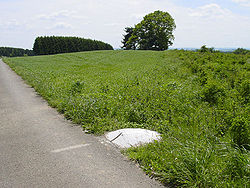This article needs additional citations for verification .(November 2024) |
This is a list of the extreme points of Luxembourg , the points that are farther north, south, east or west, higher or lower than any other location in the territory of the state.
Contents

